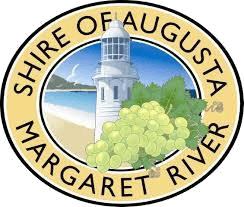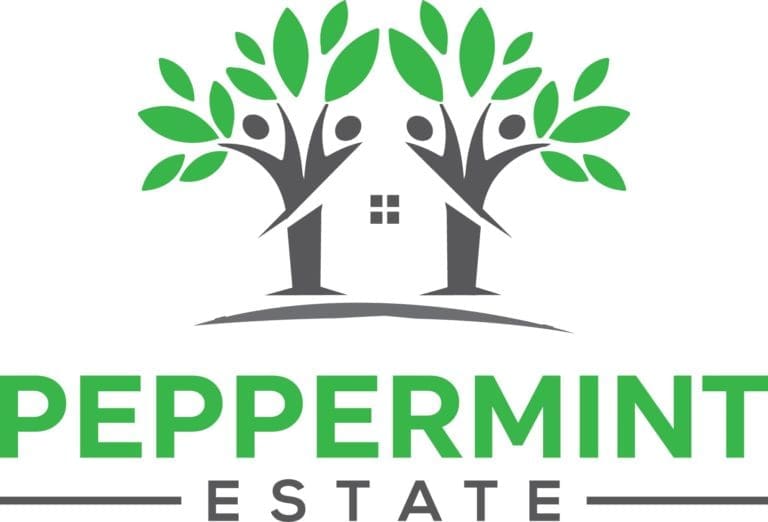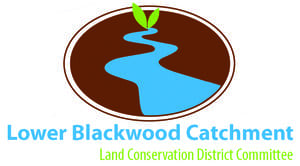Protecting the Scott Coastal Plain 2025 -2027
The Scott Coastal Plan is a unique landscape of just over 105,000 hectares in the southwest of Western Australia. It is recognised for its exceptional species richness, diversity of vegetation complexes, and high concentrations of rare, restricted and threatened ecological communities. The areas agricultural land is highly productive and is treasured by those who live and work there. Locals and tourists enjoy the coastal plain for its beautiful coastline, national parks and conservation reserves. The Wadandi-Pibulmen people have a long spiritual and economic connection to this land (Boodja), with archaeological evidence suggesting that humans were in the area by 48,000 BP. Hearths, bones, stone artefacts, the Kybra rock engravings, and several other Aboriginal heritage sites reveal the long culture of the first inhabitants in the region.
The growing impact of feral pigs seriously threatens the biodiversity and cultural values of the area.
Over the past three years (2022 – 2024), the Lower Blackwood Vertebrate Pest Management Group (LBVPMG) and Lower Blackwood LCDC implemented a State NRM-funded strategic feral pig monitoring and trapping program. We have completed the last trapping season for this project, during which 1500 pigs were removed through a combination of trapping and on-ground shooting. Our full report is available to view further below.
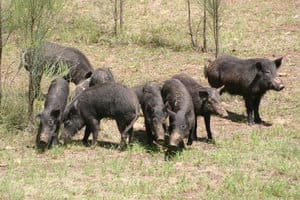
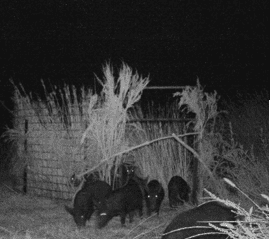
This next 3-year Feral Pig Focus Project stage will continue this vital work by delivering a strategic and multi-year approach to feral pig control. The project will continue to support the Lower Blackwood Vertebrate Pest Management Group (LBVPMG) in its collaborative work with landholders, plantation companies, the Department of Biodiversity, Conservation and Attractions, the Department of Primary Industries and Regional Development, Traditional Owners, and the Shires of Augusta-Margaret River and Nannup to undertake priority feral pig control work to protect the Scott Coastal Plain.
The Project will consist of 6-month trapping blocks per year over 3 years in strategic locations and supported by a monitoring program and trials of the ‘Hoggone’ Feral Pig Bait Box. The key to the success of the program is working closely with landholders to ensure that pig sightings and damage are recorded to identify hotspots for our field officers to focus their work.
The LCDC will support the LBVPMG field officers by managing and reporting on the data collected, developing and extending supporting resources for our community, facilitating workshops, and working with the landholders in the Scott Coastal Plain area to maximise the project’s impact across the region.
A large part of managing the feral pig problem is dependent on the Landholder’s awareness of the problem.
The Lower Blackwood team has put together a management guide full of valuable information for all landholders:
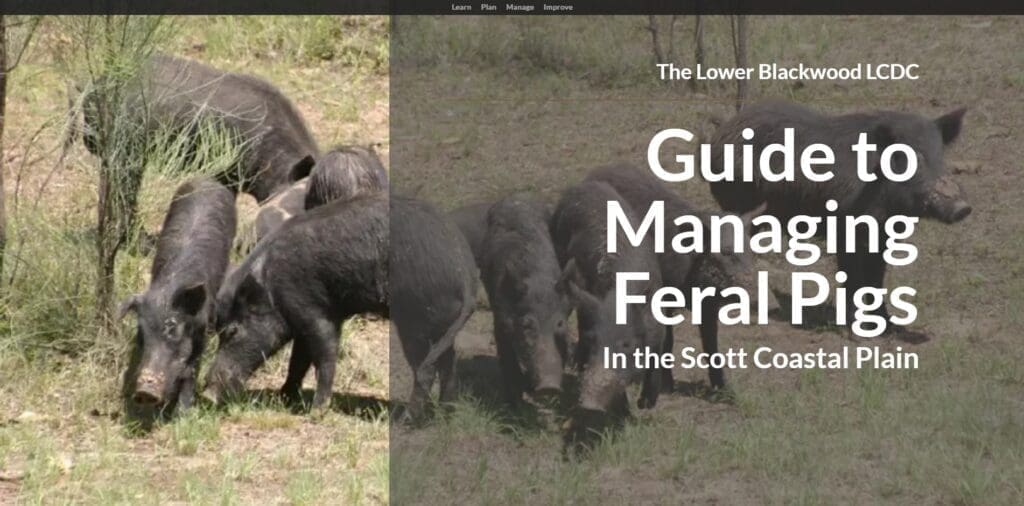
Additional Support
The Shires of Augusta-Margaret River, the Shire of Nannup, and Peppermint Estate have recognised the need for a proactive approach to address the growing threat of feral pigs in the region, and have provided by additional funding for feral pig control works.
Pig Sighting Register
Although our focus is currently on the Scott Coastal Plain, we are keen to collect data on sightings throughout the Lower Blackwood and Scott River Catchments. Please, report a sighting using the link below.
This project is funded by a Community Stewardship Grant, an initiative of the Western Australian Government managed through the State National Resource Management (NRM) Program at the Department of Primary Industries and Regional Development. Additional funding has been provided the Shire of Augusta-Margaret River, the Shire of Nannup, Peppermint Estate Pty Ltd., and Delta Forestry Pty. Ltd. This project is facilitated through a continuing partnership between the Lower Blackwood LCDC and the Lower Blackwood Vertebrate Pest Management Group.


